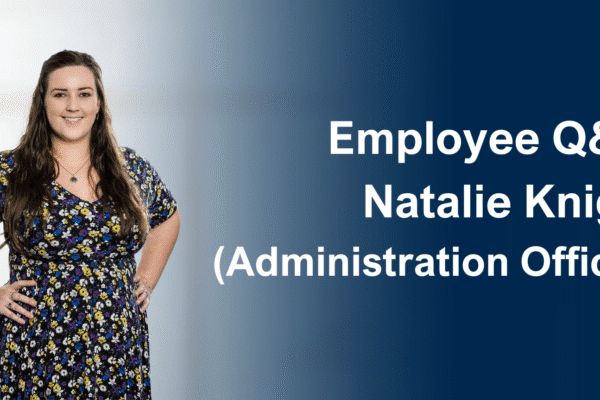
Negotiations – Fast but not so Furious
27.10.2020Fast but not so Furious – Successful communication styles in M&A transactions
Negotiation is a fundamental part of everyday life. From haggling over the price of a new car to convincing your partner what to have for dinner, most people engage in hundreds of negotiations every single day.
Of course, in M&A negotiation is a crucial part of the process. Numerous negotiations are required at all stages, including engagement methodology, timetables, pricing, and transaction terms and conditions. Negotiations commence on the first contact between M&A counterparties and extend to, and in certain cases even beyond, financial close of the transaction.
Because all negotiations involve aspects of both collaboration and competition (Pruitt 1983[1]), the choice of communication style becomes critical for conveying your intentions to your counterpart and can have an enormous impact on the success (or failure) of any transaction.
In 2017 Harvard Business School[2] undertook structured research into the effectiveness of communications styles in distributive negotiations. This study found that negotiators with a tough and firm communication style achieved better economic outcomes than negotiators with a warm and friendly communication style. This was driven by the fact that offers delivered in tough and firm language elicited more favorable counteroffers within the designated timeframes.
Importantly, the counterparties of tough and firm negotiators did not report different levels of satisfaction or enjoyment of their interactions than those engaged in warm and friendly discussions. The report also found that this finding was in fact in direct opposition to participants preconceived belief that warmly worded negotiation offers will be better liked and will achieve better economic outcomes.
It is important to emphasise that tough and firm language in this context does not become aggressive or emotive, rather is focused on direct and assertive language with an expectation of timely outcomes within defined deal parameters.
So what does this mean for InterFinancial? For us, being “firm and tough” means:
- Helping clients prepare for a transaction, and delivering a “reality check” where there’s a gap in expectations. We will NEVER take a business to market if we don’t think there’s a high probability of success;
- Running a structured transaction process, rather than “putting it out there to see if we get any nibbles”;
- Making sure that all communication sets boundaries for our discussions, clearly articulates non-negotiables and is direct with counterparties on key issues and risks so that we can build an effective outcome together;
- Finding and resolving potential deal-breakers early rather than delaying any awkward discussion;
- Setting deadlines and driving the transaction process forward; and
- Being honest and open in all our communication – no game or ultimatums.
Of course, we also need to remember that we are dealing with real people, and life’s too short to work with people you don’t like. There is definitely a place for “warm and friendly”. But a structured, disciplined approach with clear communication will go a long way to making the process slightly less stressful and delivering the best outcome for all parties.
[1] Pruitt DG (1983) Strategic choice in negotiation. Amer. Behavioral Scientist 27(2):167–194.
[2] Martha Jeong, Julia Minson, Michael Yeomans, Francesca Gino (2019) Communicating with Warmth in Distributive Negotiations Is Surprisingly Counterproductive. Management Science 65(12):5813-5837. https://doi.org/10.1287/mnsc.2018.3199










